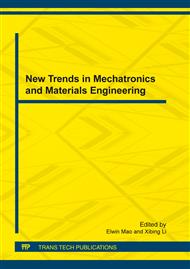p.480
p.484
p.493
p.498
p.503
p.510
p.514
p.518
p.523
Urban Oversaturated Traffic Network Control Based on Stability Preference Multi-Objective Compatible Optimization Control
Abstract:
To solve the traffic congestion control problem on oversaturated network, the control problem is formulated as a conflicted multi-objective control problem., a new stability preference multi-objective compatible optimization control(SPMOCC) algorithm is proposed to solve the conflicted multi-objective control problem. In the proposed SPMOCC algorithm, NSGA-II algorithm is adjusted by proposing non-even Pareto front spread preserving strategy to obtain some special area on the Pareto front; a stability preference selection strategy is proposed to obtain stable controller. The proposed SPMOCC is used to solve the oversaturated traffic network control problem in a core area of 11 junctions under the simulation environment. It is proved that the proposed compatible optimization control algorithm can handle the oversaturated traffic network control problem effectively than the fixed time control method.
Info:
Periodical:
Pages:
503-509
Citation:
Online since:
January 2012
Authors:
Price:
Сopyright:
© 2012 Trans Tech Publications Ltd. All Rights Reserved
Share:
Citation:


